Film photography will remain
There seem to be two groups of film photographers. Those who see the latest cull from the Fuji catalogue as a death knell for the medium and those who rejoice at every announcement of a new film making it to the market. The optimist and the cynic, those who expose for the shadows and those who push Fuji Acros to 1600. I’m aware that not all is black and white, hell we even have a zone system, but binaries help simplify the point I’d like to make.
Before we go any further, let me go out and say that I’m with the optimists on this one. This isn’t my typical demeanour. I call myself realistic but those around me insist that I can make any pessimist sound like Voltaire’s Candide. I’m taking a break from by background cynicism because I think there’s more to the argument than the number of films on the market at any given point in time.
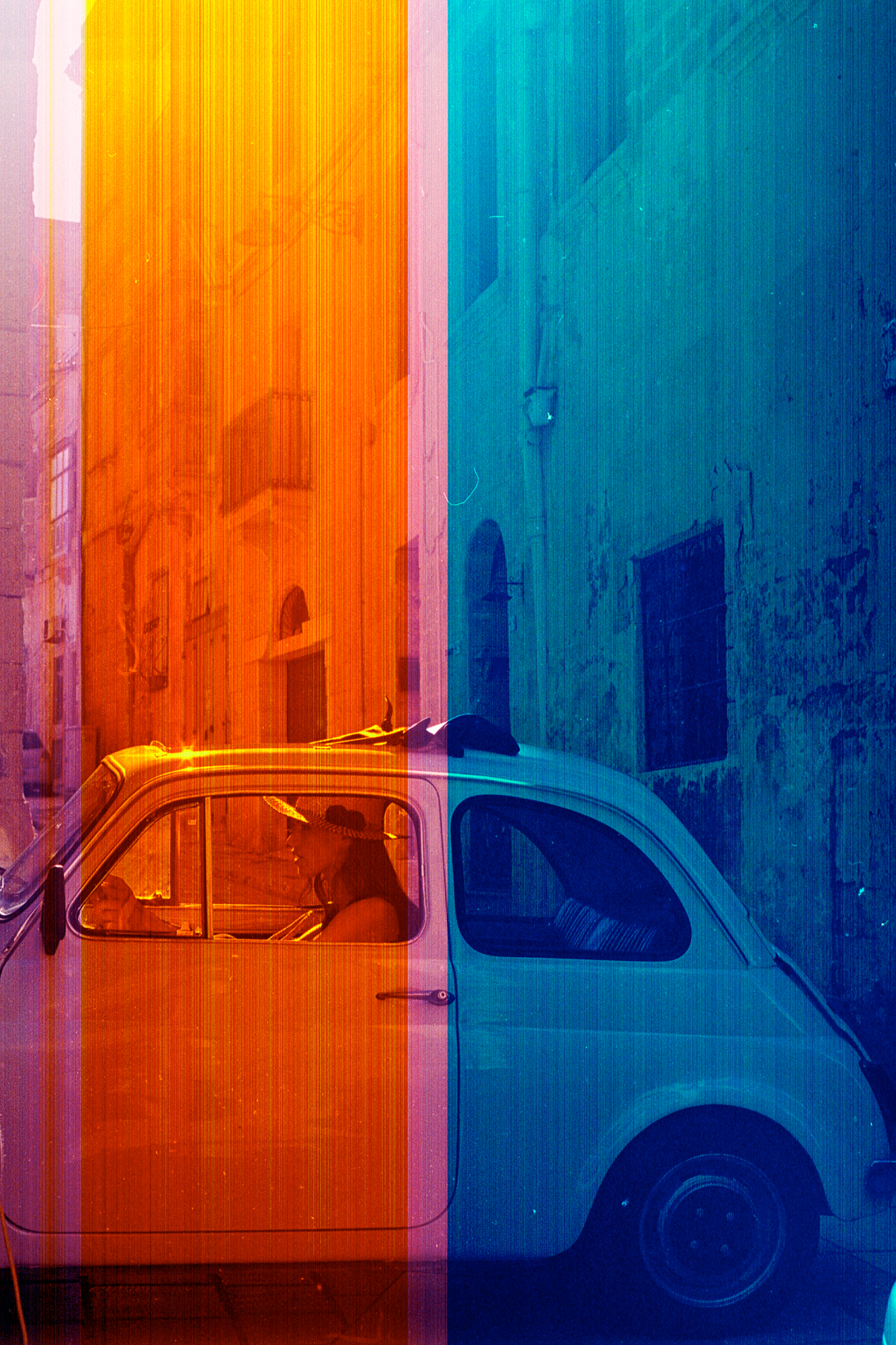
Pentax K1000, Kodak Ultramax 400 - weirdness on just this frame out of 38.
You’ve heard it all before. Film slows me down, it makes my shooting more deliberate because every shot counts, there’s a different look to film… Everyone I know who shoots film, and everyone I don’t know but that writes about it and shares their thoughts across the vast wilderness of the interwebs, seems to find a need to justify film photography.
Mostly, the reasons given, are a direct comparison with digital photography. “It slows me down” is a direct comparison to the recklessness with which one can shoot digital. More deliberate is a comparison with the same abandon that is afforded by gigabytes of storage on your memory card.
Then there’s the unique ‘look’ that every film lends to an image. Calling it a look is oversimplifying the matter. If I shoot Kodak Tri-X 400 at box speed and develop it in HC-110 dilution B it will give one look. If I shoot it at 1600 and stand develop it in Rodinal for an hour I’ll wind up with a very different result. Then there’s all the interpretative work in the darkroom from a negative to the final print that opens up another realm of possibilities. And that’s for just one film out of the variety that exists on today’s market, even if reduced compared to just a decade ago.The same can be said, to a degree, of digital post-processing and manipulation.
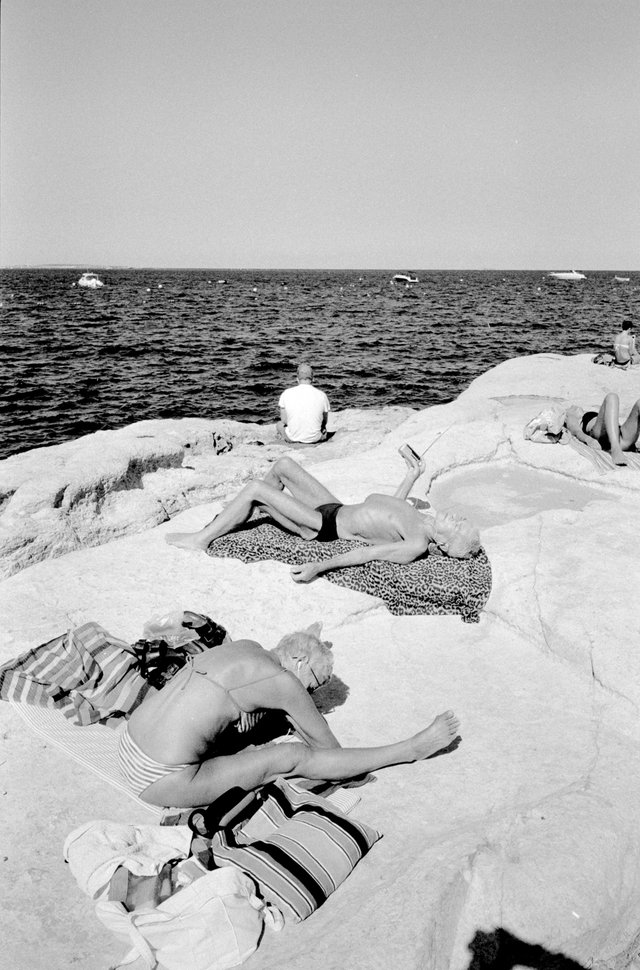
Leica M6, Elmarit 28 ASPH, Ilford HP5+ 400.
And it is this comparison, the difference that the medium can make on the way you tell your story, that gives an enduring appeal to film. It isn’t better than shooting digital. It is a sufficiently different medium to cause a significantly different approach to the art one makes and this is, in my view, the reason we all end up skirting because there are so many individual and direct comparisons to digital that we need not scratch the surface.
Having a medium at your disposal that will allow you to share your work in a different voice is priceless. It is like the budding artist that graduates from coloured pencils to oils, or the jazz pianist who has a side gig where she’s the drummer. We don’t restrict all our expression to a single medium across all the forms at our disposal. Even in sports we see an entire gamut, with the dedicated sprinter on one end and the decathlon contender on the other. Why should photography differ?
This is why I am certain that the market for film, and therefore it’s production, will endure. Not every photographer that discovers, or rediscovers (depending on their age) film photography will stick to it, but the ones who do will be hard pressed to part with the medium. There is a huge market for film cameras and a reasonably good selection of film to go with them. The dearth of developing outfits actually benefits the film photographer, forcing us to develop film at home and, as a result, end up even more deeply involved in the process.
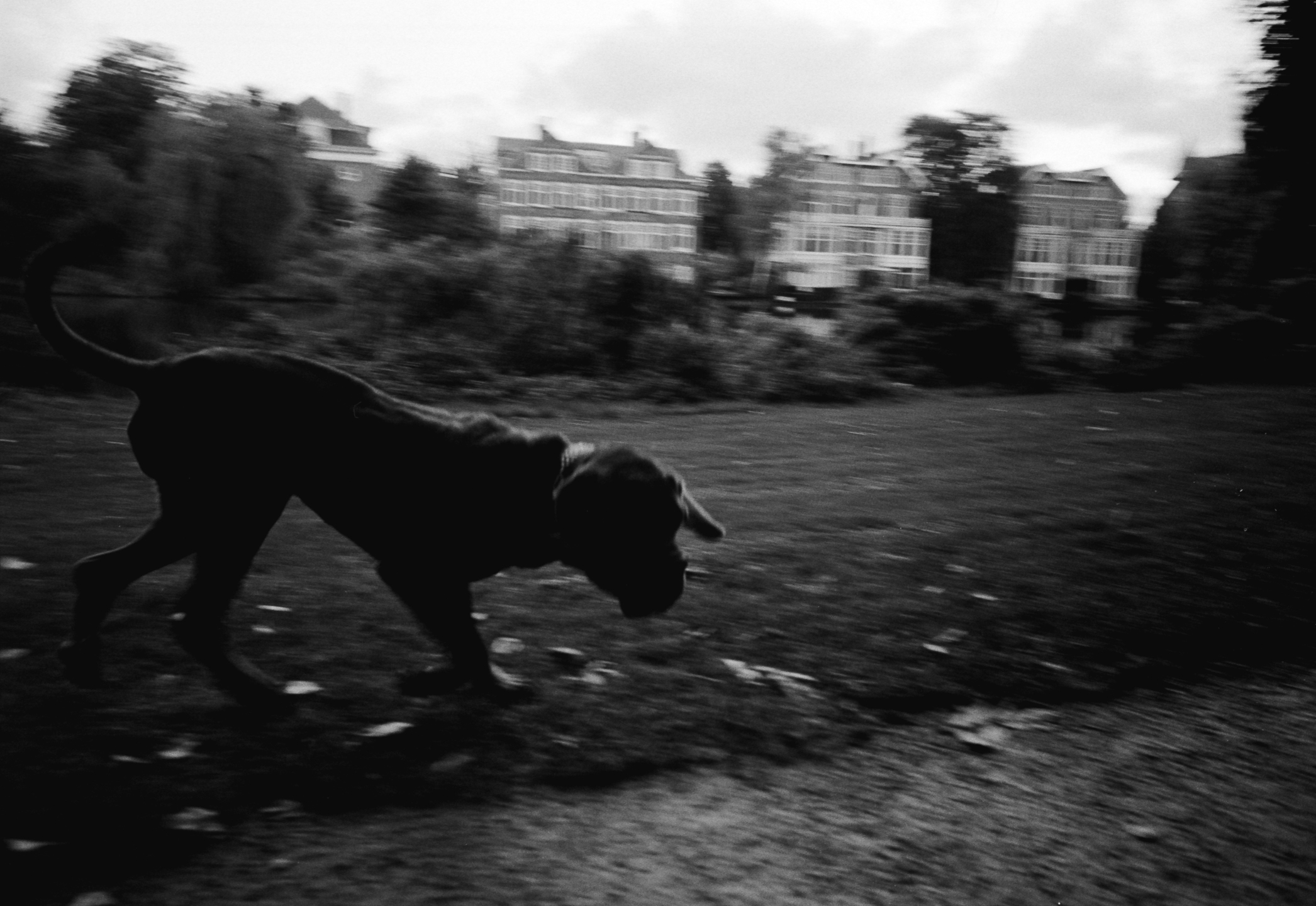
Leica M6, Elmarit 28mm ASPH, Kodak Tri-X 400.
There’s also the investment. I’m not talking of the cash one parts with to buy a film camera, film, and all the chemicals and papers that go with the process between shooting and making your prints in the darkroom. That’s money that would have been spent on another lens for your DSLR. I’m talking about the time and effort that one invests into film photography. Achieving an image is more arduous and time-consuming than doing the same with a digital workflow. This, I believe, is a secondary reason, one significantly less important than the notion of a completely different medium. It does, however, impart a certain doggedness that the film photographer has by necessity. And this tenacity makes the habit even harder to shake.
Some random shots on different films:
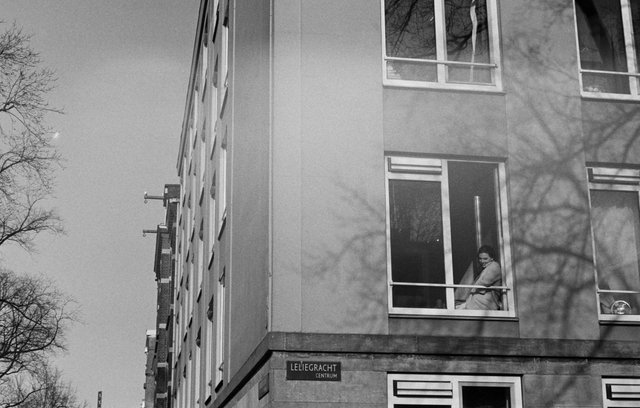
Ilford HP5+ 400
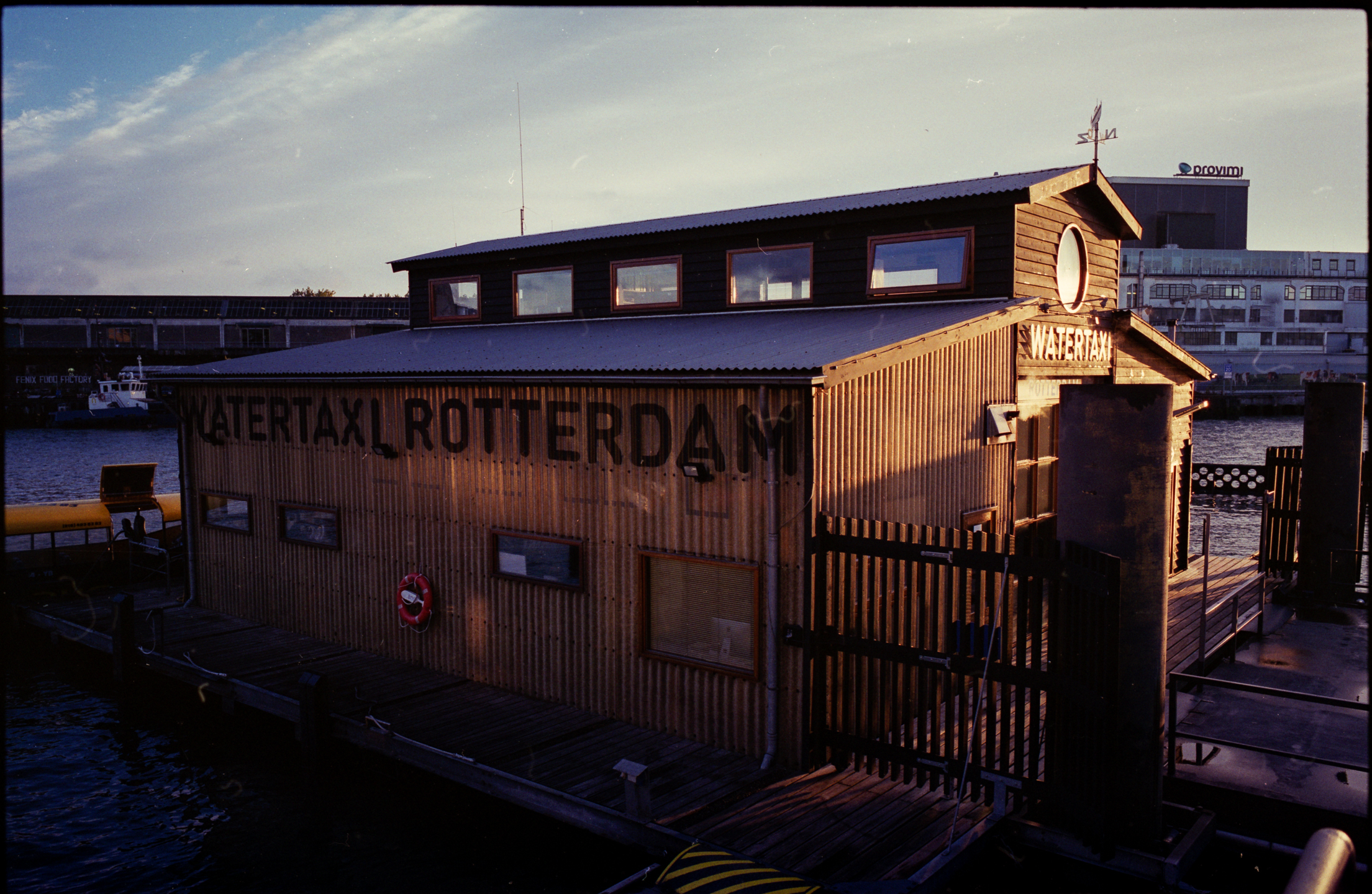
Fuji Pro400H
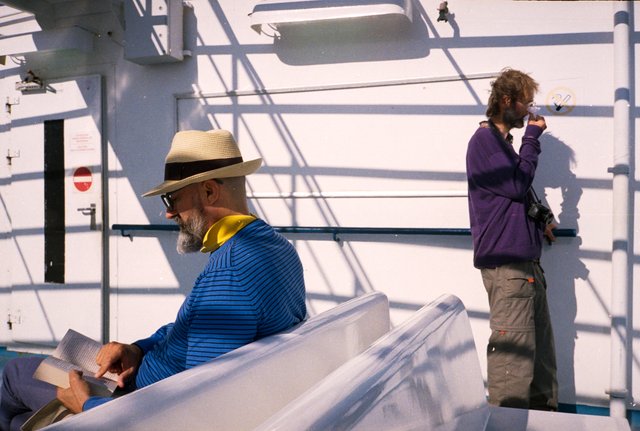
Kodak Ultramax 400
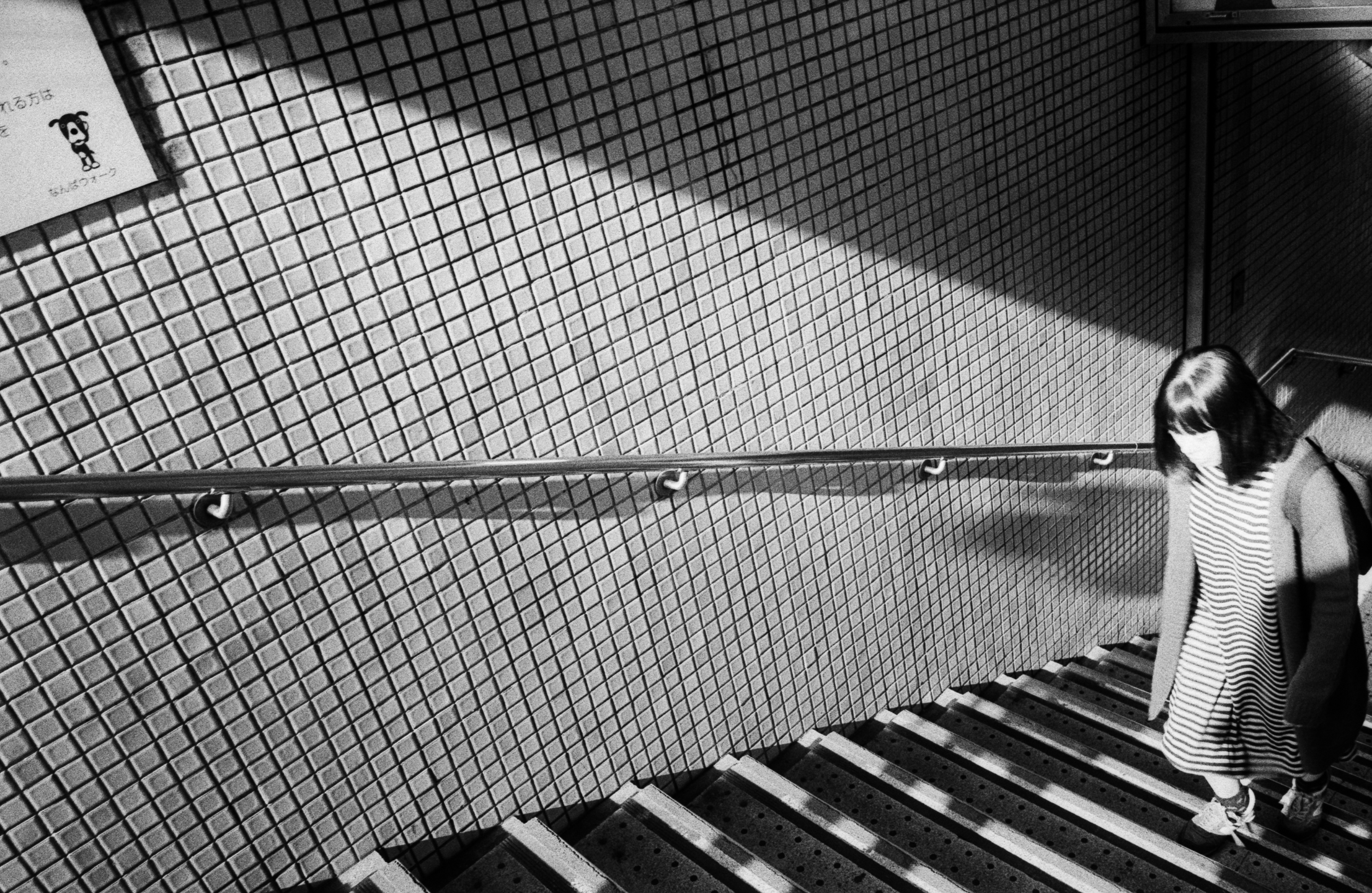
Eastman Kodak 5222 XX movie stock.
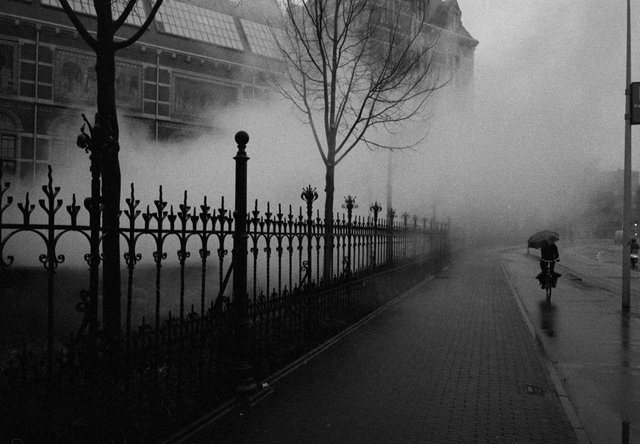
Ilford Delta 3200 shot at 6400
Beautiful suddenly this space became friendlier.. Beautiful
Congratulations @ed-shoots! You received a personal award!
Click here to view your Board
Congratulations @ed-shoots! You received a personal award!
You can view your badges on your Steem Board and compare to others on the Steem Ranking
Vote for @Steemitboard as a witness to get one more award and increased upvotes!